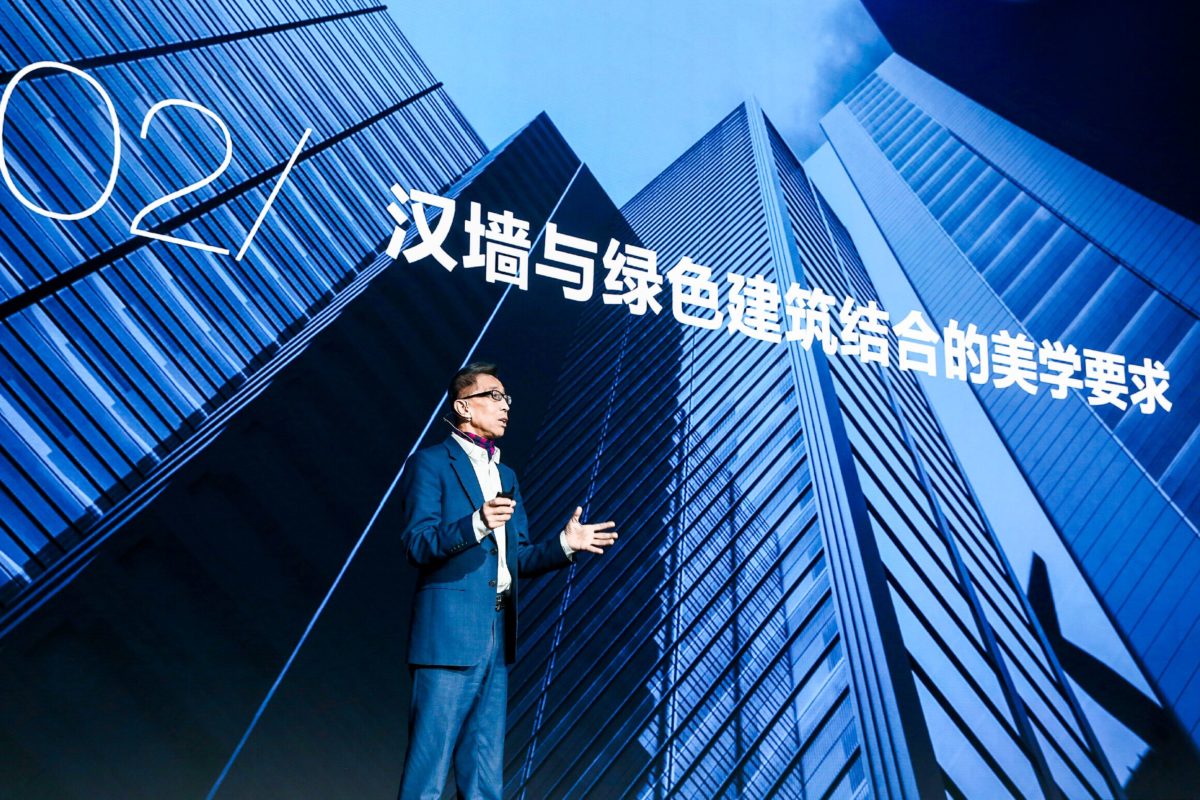While it still faces hurdles, building-integrated PV (BIPV) could play an important role in the decarbonization of urban landscapes. With 75% of EU buildings having been built before the introduction of energy performance standards, the building sector is facing one of the biggest challenges on the road to carbon neutrality by 2050.
According to a report by the European Technology and Innovation Platform for Photovoltaics (ETIP PV) and industry body SolarPower Europe, PV-clad buildings could not only contribute significantly to a reduced ecological footprint but also create jobs in the PV construction and installation industries as well as improving the quality of life in cities.
On top of that, rooftop solar and BIPV could reduce the need for grid extensions and improve the stability of power supply as well as passively contributing to thermal and acoustic insulation.
Long way
Although commercial projects exist, BIPV is still in its infancy, with architects and building owners often reluctant to deploy it due to the cost and limitations in design. According to the BIPV report, the main hurdles in Europe are low renovation rates and the slow integration of on-site renewables in cities but an historical lack of awareness of the benefits of BIPV is also a factor.
Nonetheless, the biggest market for BIPV is, and will continue to be the EU, where frontrunners in the novel construction technologies are located, the report stated. The study cited examples such as Brussels’ first zero-net office building: Treurenberg, and the Kollektivhuset Stacken in Gothenburg which features a retrofitted BIPV facade and roof.
With an eye on Europe’s mooted goal of zero-net neutrality and an 80% greenhouse gas emissions reduction by 2050, the European building sector is facing the onerous obligation of a reduction of around 90% in its ecological footprint.
According to recent studies, the cumulative BIPV potential for the 27 EU member states plus Switzerland and Norway – and excluding Britain – is 5 GW by 2030 at the current growth rate. While that figure appears small compared to rooftop PV potential – which SolarPower Europe estimates could reach 10 GW by 2022 – BIPV could make it much easier to hit EU climate goals, the ETIP PV report found.
Authorities on the move
Beyond Tesla’s solar roof tiles, Hanergy’s BIPV skyscraper product the HanWall and other market-ready solutions, regulatory frameworks are key to the creation of sustainable business models. According to the ETIP PV report, European municipal authorities could promote BIPV in several ways. Suggestions include converting municipal building stock into ‘plus-energy buildings’ – which generate more power than they consume; promoting financing schemes for private property owners such as power purchase agreements, energy contracting and leasing models for BIPV installation; and establishing efficient policies, grid regulations and incentives for the systematic electrification of buildings, heating and cooling and transport.
In hard numbers, the rate of deep energy renovation should be increased from today’s 1% to 3% per year for the EU to meet its long-term climate and energy targets. That means around 200 million buildings needing renovation by 2050.
The BIPV study comes at a time of change in EU politics. In the wake of the last European Parliament elections, which saw the Green MEP caucus grow, led by Germany and France, MEPs are struggling to fill the top jobs. Decisions such as the appointment of the head of the European Commission will be pivotal in determining renewable energy policies over the next five years.
Looking further ahead, the solar industry wants 20% of Europe’s electricity demand to come from solar by 2030. However, as SolarPower Europe CEO Walburga Hemetsberger told pv magazine recently, a comprehensive industrial strategy and tailored support across the solar value chain are what is needed to get the EU there.
This content is protected by copyright and may not be reused. If you want to cooperate with us and would like to reuse some of our content, please contact: editors@pv-magazine.com.




This year the PV roof integration system Solrif celibrates its 20 years of existence. It turns the Modules of PV Manufacturers like Aleo, Bisol, Axsun, Sonnenstromfabrik, Solitek, etc. in electricity producing roofing tiles. The Solution is there!